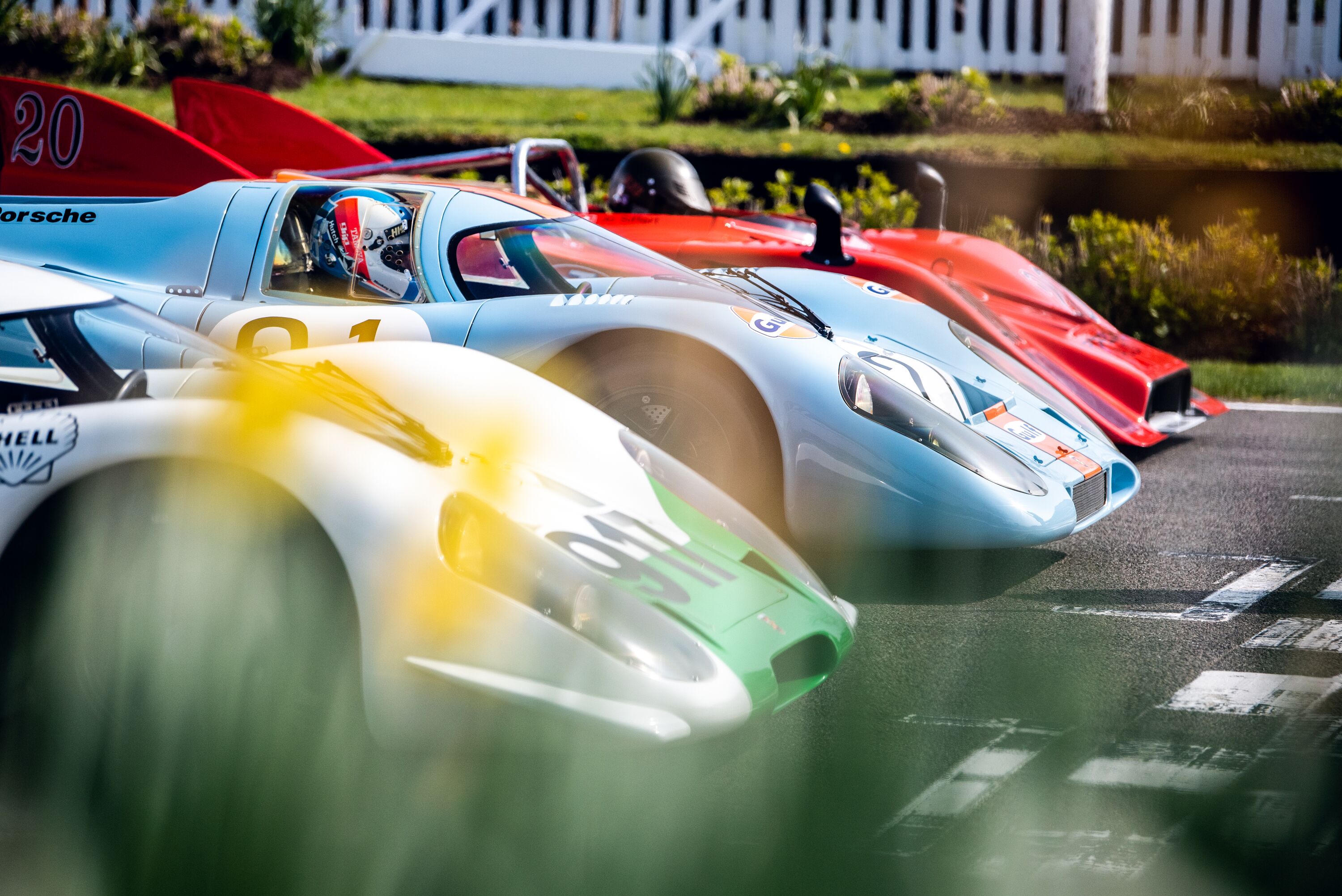Axon's Automotive Anorak: The show must go on...
With the doors to October’s bi-annual Mondial de l‘Automobile (Paris Motor Show) now firmly shut, the event organisers have just announced a record attendance for this historic show, with in excess of one million visitors passing through the Porte de Versailles exhibition centre over the two weeks of the event.

This healthy public attendance contrasts sharply with the record number of exhibitor no shows at Paris, with more than a dozen major manufacturers choosing not to attend this year, including Ford, Volkswagen, Fiat, Mazda, Volvo, Opel, Mini and Alfa Romeo. Some of these (notably Ford, Opel and VW in particular) cheekily took most of the giant advertising hoardings in and around the exhibition site to remind potential new car buyers of their existence, despite their latest products not being visible inside the Mondial de l’Automobile halls.
The poor car manufacturer support for this once must-attend motor show saddens me. Paris is significant as it hosted the world’s very first motor show, held 120 years ago in 1898 at the suggestion of, and started by, industry pioneer, Albert de Dion of de Dion Buton fame; the world’s largest car maker at the turn of the 20th century. The 1898 Paris Salon was staged at the striking Grand Palais, just off the Champs Elysees.
Since then, the Paris exhibition moved to its current Porte de Versailles venue in 1962, and 75 editions on, the event has hosted a number of important car launches over the years, primarily from Citroen with its show-stealing Traction Avant (1934), 2CV (1948) and DS (1955). Other notable Paris debutants have included the original Jaguar XJ6 and Ferrari 365 GTB ‘Daytona’ in 1968, the Mercedes-Benz S-Class (W116) in 1972, the Ford Sierra, aerodynamic third-generation Audi 100 and Citroen BX in 1982, the Renault Clio (1990) and Twingo (1992), the Smart in 1998, the new ‘BMW’ Mini in 2000, the VW Golf Mk 6 in 2008, and so on.
This year’s Paris debuts included the new Audi A2 and unfortunately-named e-Tron (more on that here in the coming weeks), BMW 3-Series (G20), Mercedes-Benz B-Class and EQC, SEAT Tarraco, a trio of new Toyotas (Corolla, Camry and RAV4), plus Ferrari’s Monza SP1 and SP2; all important models in their own rights, but none likely to re-write the future of automotive history in quite the same way as Citroen’s pre- and post-war Show stars.
The decline of the static motor show isn’t unique to Paris. In recent years, a number of previously popular shows (British NEC/London, Amsterdam, Turin, etc.) have fallen by the wayside, with a growing number of car brands pulling out of other major global exhibitions too, such as Mini at Geneva, Volvo at most, and the three prestige German brands (Audi, BMW and Mercedes) withdrawing from next year’s revamped Detroit Auto Show.
The dynamic ‘Moving Motor Show’ concept, pioneered by Goodwood in 2010, and rapidly described by the media as the new ‘official’ British Motor Show, is now spreading around the world. In France, for example, for 2019 Le Mans will hold its own Moving Motor Show, with the Les Grandes Heures Automobiles event just outside Paris, at the famous Linas-Montlhery banked motor circuit, also staging its own dynamic driving event just ahead of this year’s Mondial de l’Automobile, offering visitors the opportunity to actually drive the display cars, as well as seeing and hearing them in action.
Quite what the fate of the Paris event, along with other motor shows around the world, will be is difficult to predict. In the case of the huge Beijing Motor Show, this young event grows in stature and importance every year as the fledgling Chinese motor industry flexes its muscles and uses the exhibition as a shop window of its talents to the rest of the world, as well as the local car-hungry consumers.
Closer to home, the annual Brussels Salon possibly gives a brighter glimpse into the future of new motor car exhibitions. This January event is a ‘selling show’ where new car buyers can not only inspect (and in many cases drive) all the latest new products in detail, without a sales person breathing down their neck, but also benefit from enticing ‘Salon only’ show offers, with discounts, sharper PCP rates and extra equipment, both during and post-show, through special vouchers, and so on.
Despite almost half the motor industry snubbing this year’s Paris Show, the fact that over a million visitors remained keen and enthusiastic enough to go and see what the balance of the very latest new car offerings (plus some concepts, a few classics and plenty of motorcycles) had to offer is very encouraging, as it suggests that our interest in the Industry – at a time of major transition with WLTP regulation changes, plus more electric and autonomous vehicles – still has plenty to offer and intrigue.
Photography courtesy of Newspress
Paris Motor Show
Paris Motor Show 2018
Axon's Automotive Anorak













